When I moved to Turkey from the United States I knew enough about the food from previous visits to expect it to be fresher and more seasonal than in the US, and I already had a fondness for Turkish cuisine. What I had yet to discover was the Turkish fixation on the rules for combining foods and flavors. I remember asking one fall what kind of dishes people make with the huge greenish gray pumpkins that appear each year, and being told in all seriousness that the only thing you can make is kabak tatlısı (pumpkin dessert). “But what other Turkish dishes do people make? Soup?” No, you can only make pumpkin dessert was the slightly disapproving reply. So of course my foreign friends and I proceeded to add pumpkin to soups and macaroni and cheese, and share recipes among ourselves during the annual pumpkin glut, as our Turkish friends looked on disapprovingly, wondering why we would add a “dessert food” to our stews. When I mentioned to a Turkish friend that I made curried pumpkin and chickpeas his uncharacteristically negative reply was, “that sounds horrible!” He remained unconvinced even after I explained it wasn’t sweetened.
However, when eating out in Istanbul I do tend toward the combinations demanded by the Turkish palate; I’ve come to prefer them in many cases, and I’ve learned to say yes to servers in lokantas when they suggest adding yogurt or onions to a particular dish. There are reasons these combinations are popular: they just work. Below are a few classic Turkish food combinations, along with rules I’ve learned, and sometimes broken, along the way.
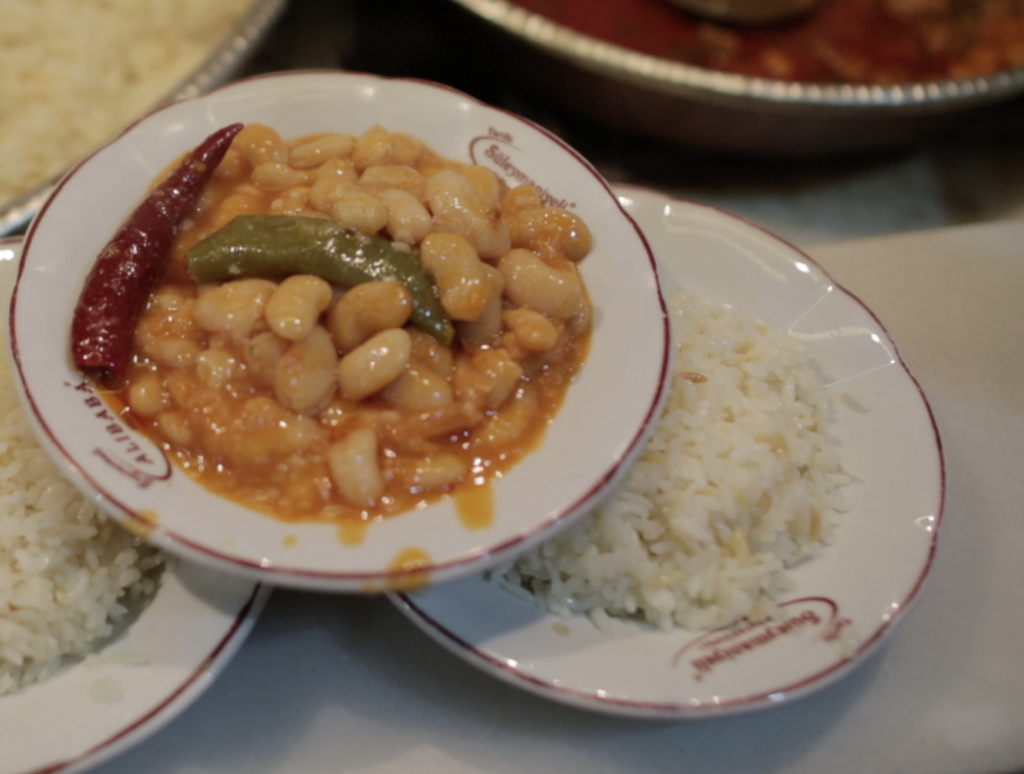 Kuru fasulye (dried beans) are the cheap comfort food of Turkey. I’ve always been a huge fan of beans in any form so it’s no surprise I took immediately to this simple dish of white beans stewed for hours with tomato paste, onion, maybe a few pieces of meat for added for flavor, and not much else. A deceptively simple recipe somehow transformed in the process of cooking into something beyond what its humble ingredients would suggest. But as important as the beans is what you eat with them.
Kuru fasulye (dried beans) are the cheap comfort food of Turkey. I’ve always been a huge fan of beans in any form so it’s no surprise I took immediately to this simple dish of white beans stewed for hours with tomato paste, onion, maybe a few pieces of meat for added for flavor, and not much else. A deceptively simple recipe somehow transformed in the process of cooking into something beyond what its humble ingredients would suggest. But as important as the beans is what you eat with them.
I call my favorite source of kuru fasulye “the bean palace”. They may serve other dishes, but I’ve never seen anyone order anything other than beans in this huge, gilded restaurant with soaring ceilings. The last time 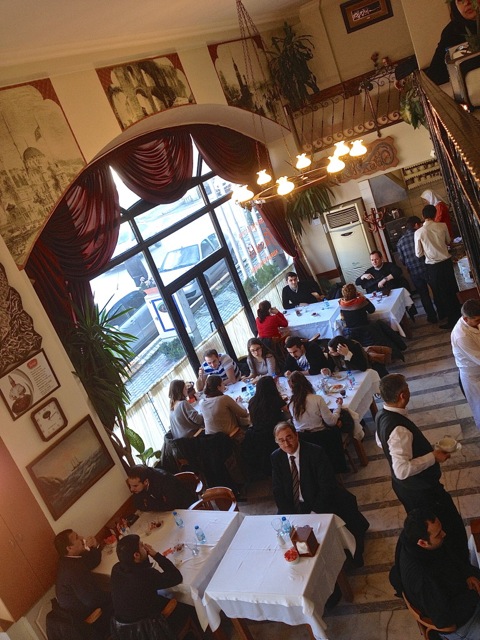 I went the waiter looked dubiously at me, probably wondering if he needed to get someone who spoke English. Finally he came over and asked if I needed a menu, but I said no and ordered beans, rice, pickles, and ayran, a classic combination. He looked surprised, then nodded in approval. While many cultures have a classic rice and beans combination, in Turkey each item is served separately on its own plate. Many people preserve the separation on the fork, taking a bite of one, then a bite of the other, where an American might mix the parts into one concoction. Pickles and/or small hot peppers provide a nice contrast to the subtle beans, to which it’s acceptable to add dried red pepper, washing it all down with the salty yogurt drink, ayran. I’ve noticed recently that some like their kuru fasulye with sliced raw onion on the side, but I’m not sure if the onion is a substitute for the pickles or both can be added to the combination: further investigation is needed (any excuse to eat more beans!). Kuru fasulye is a classic example of one strain of Turkish culinary thought: the belief that simpler is better.
I went the waiter looked dubiously at me, probably wondering if he needed to get someone who spoke English. Finally he came over and asked if I needed a menu, but I said no and ordered beans, rice, pickles, and ayran, a classic combination. He looked surprised, then nodded in approval. While many cultures have a classic rice and beans combination, in Turkey each item is served separately on its own plate. Many people preserve the separation on the fork, taking a bite of one, then a bite of the other, where an American might mix the parts into one concoction. Pickles and/or small hot peppers provide a nice contrast to the subtle beans, to which it’s acceptable to add dried red pepper, washing it all down with the salty yogurt drink, ayran. I’ve noticed recently that some like their kuru fasulye with sliced raw onion on the side, but I’m not sure if the onion is a substitute for the pickles or both can be added to the combination: further investigation is needed (any excuse to eat more beans!). Kuru fasulye is a classic example of one strain of Turkish culinary thought: the belief that simpler is better.
Rakı is a traditional alcoholic Turkish drink made from grapes and tasting strongly of anise. There is a whole culture around drinking r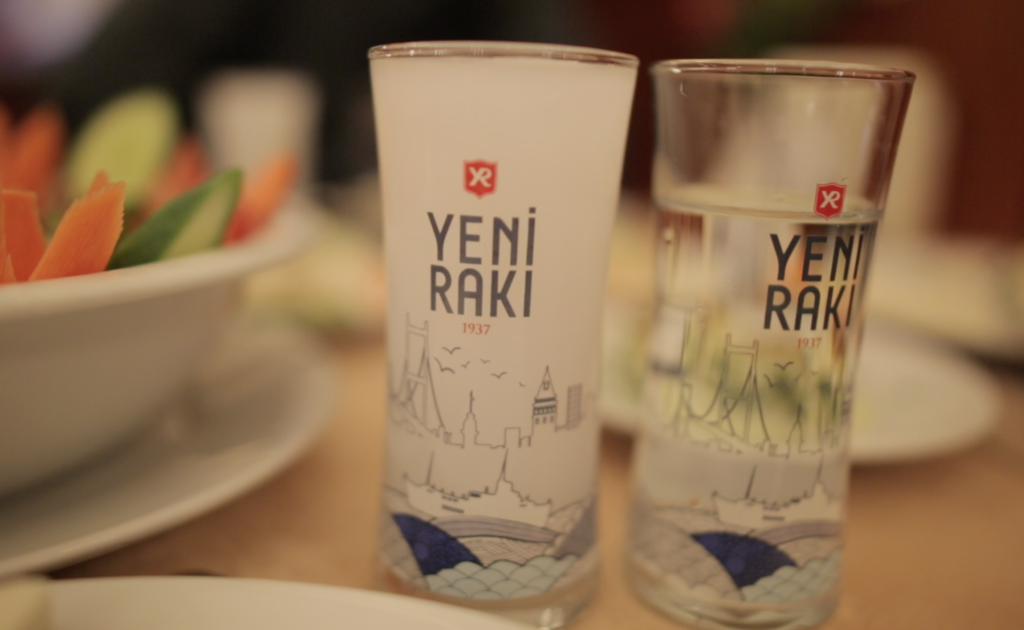 akı, which I love, but as a lightweight when it comes to alcohol I’m not exactly an expert in this very social group activity. However I do know that eating melon with white cheese while drinking rakı is the minimum required when you partake, or you can spend an entire night with a group of friends sharing small dishes, eating fish, and singing around the table. There are rules associated with drinking rakı and eating the foods that go with it, as was clearly revealed to me by the following conversation:
akı, which I love, but as a lightweight when it comes to alcohol I’m not exactly an expert in this very social group activity. However I do know that eating melon with white cheese while drinking rakı is the minimum required when you partake, or you can spend an entire night with a group of friends sharing small dishes, eating fish, and singing around the table. There are rules associated with drinking rakı and eating the foods that go with it, as was clearly revealed to me by the following conversation:
Me: Last night I was feeling ambitious and I made mücver (zucchini pancakes) and semizotu (purslane).
Friend 1: Semizotu with garlic and yogurt?
Me: Yes.
Friend 1: And you drank rakı (editor’s note: this was a statement, not a question).
Me: No…
Friend 1: No?! You can’t eat mücver and yogurt dishes and NOT drink rakı. Hey! Come here! (calls another friend over). Last night Kelly made mücver and semizotu with yogurt.
Friend 2: And you drank rakı (again, not a question, this response was totally unprompted by Friend 1).
Me: No…
Friend 2: Why not?!
Friend 1: We thought you knew better by now… (sadly shakes head).
Ayran and fish is practically a forbidden combination in Turkey. I love both and one night in one of my regular haunts ordered both. My waiter didn’t say anything, but there was such a look of pain and horror on his face that I asked what was wrong. He explained to me that he wanted to serve me what I wanted but asked if I could 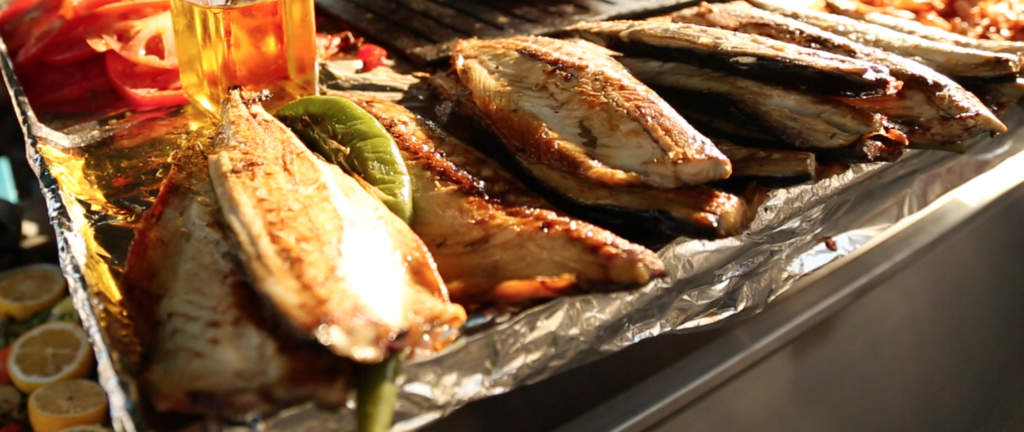 please, please not order those two things together, because it would make me sick. Apparently this is a common myth in many places, although G6ogle tells me it’s not true. But because my waiter was so disturbed I changed my order and asked some Turkish friends about it later. They nodded wisely and confirmed that I would indeed become quite ill if I combined ayran and fish, so I reserve that combination for home. As I was eating my ayran-free dinner that night I looked over and saw that the woman at the table next to me was drinking a glass of rakı and a glass of red wine at the same time. Apparently this combination was perfectly acceptable to my waiter—I found the thought of it repulsive—but maybe that’s my cultural bias showing.
please, please not order those two things together, because it would make me sick. Apparently this is a common myth in many places, although G6ogle tells me it’s not true. But because my waiter was so disturbed I changed my order and asked some Turkish friends about it later. They nodded wisely and confirmed that I would indeed become quite ill if I combined ayran and fish, so I reserve that combination for home. As I was eating my ayran-free dinner that night I looked over and saw that the woman at the table next to me was drinking a glass of rakı and a glass of red wine at the same time. Apparently this combination was perfectly acceptable to my waiter—I found the thought of it repulsive—but maybe that’s my cultural bias showing.
In conclusion, when in Turkey try eating like a Turk. Beans require a side of pickles, yogurt-garlic foods require a side of rakı. And what you do with pumpkins and ayran in your own home is your own business.
 Kelly Hevel has been living in Istanbul since 2006. While “demystifying art and the creative practice,” she writes Dispatches from Istanbul. She also teaches art and creativity workshops. Contact her at khevel@mac.com.
Kelly Hevel has been living in Istanbul since 2006. While “demystifying art and the creative practice,” she writes Dispatches from Istanbul. She also teaches art and creativity workshops. Contact her at khevel@mac.com.
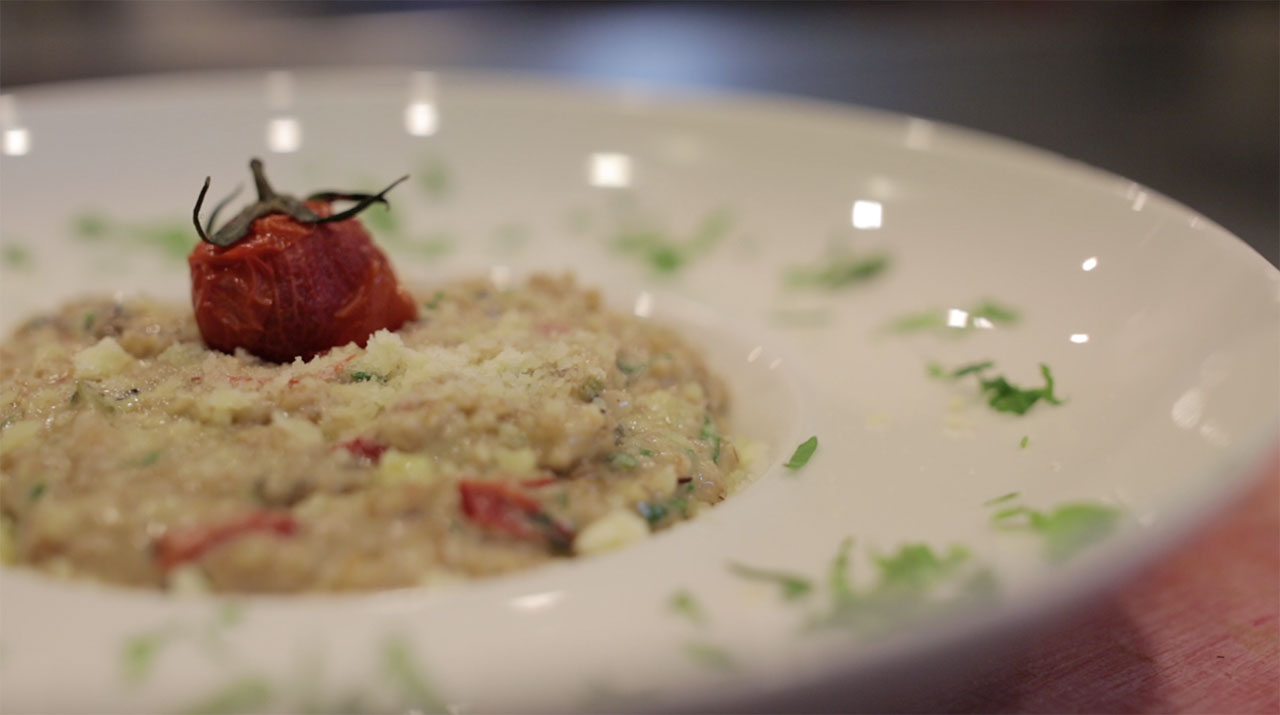
Hi Kelly, I love this! There were always so many “rules” in Turkey. Don’t forget to wear your house slippers at home! 😉 But honestly, like you, I loved some of these things too like having corba at any time of the day, ayran to go with spicy foods, etc.
Hey Joy–Kelly here. I break the house slippers rules constantly, but tend to pay more attention to the food rules because they’re yummy 🙂